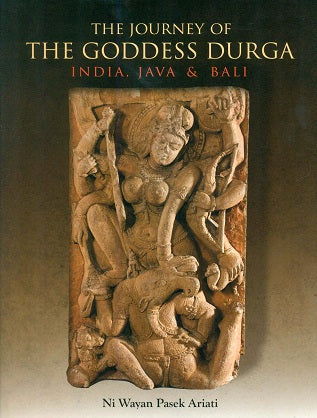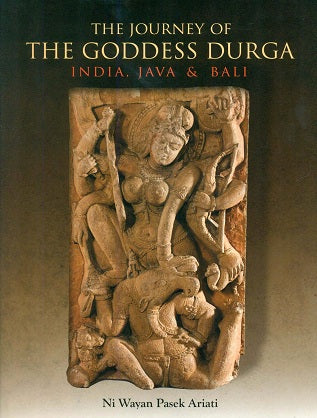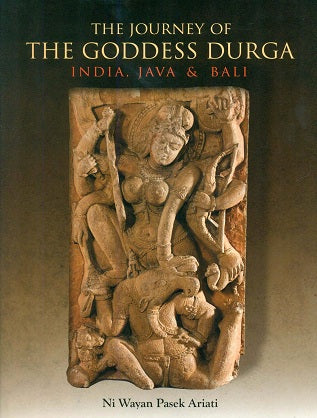The journey of the Goddess Durga: India, Java and Bali
The journey of the Goddess Durga: India, Java and Bali is backordered and will ship as soon as it is back in stock.
Couldn't load pickup availability
Genuine Products Guarantee
Genuine Products Guarantee
We guarantee 100% genuine products, and if proven otherwise, we will compensate you with 10 times the product's cost.
Delivery and Shipping
Delivery and Shipping
Products are generally ready for dispatch within 1 day and typically reach you in 3 to 5 days.
Book Details
-
Publisher: ADITYA PRAKASHAN Indological Publishers & Booksellers
-
ISBN 13: 9788177421521
-
ISBN 10: 8177421522
-
Edition: 2016
-
Year: 2016
-
Language: English
-
Subject(s): Religion
About the Book
Written by a Balinese historian, this volume traces the journey of images of the Goddess Durga within India during the 1st millennium CE and their evolution in Java and Bali starting around 700 CE in the Early Mataram kingdom of ancient Java. The author provides a historical study while also documenting her personal journey, which began in a rural village in Bali where Durga was revered as a fearsome patroness of the black arts.
The book chronicles the author's exposure to contrasting images of Durga during her two-year period of work and study in India (2001-2003). In India, Durga is depicted as a beautiful warrior goddess who protects her worshippers, a stark contrast to the terrifying image of Durga in Bali. Dr. Ariati seeks to understand the historical factors that contributed to these contrasting representations of the goddess.
The author traces the development of Durga's images in the great and little traditions of India, referencing the Markandeya Purana, which documents the movement of myths about the goddess from north to south India. She then explores the formation of a unique Javanese pantheon, where Durga is seen as a protective goddess overseeing the northern direction, safeguarding the kingdom and monarch.
The study also includes an analysis of the Javanese exorcistic text Sudamala and reliefs from Candi Tigawangi (c. 1406 CE), where Durga is depicted in demonic form and later exorcised by a male authority figure, returning her to her benign form as Uma or Parvati. Dr. Ariati further examines this exorcistic theme in the Calon Arang tale of Bali and the figure of Rangda, the divine witch.
In her conclusion, Dr. Ariati draws parallels between the demonization of female images in myth and ritual and the disinformation campaign that led to the destruction of Indonesia's first women's movement under the New Order government. Through her extensive use of Old Javanese and Balinese texts, she enriches the study by exploring Durga's roles in creation (utpatti), preservation (sthiti), and dissolution (pralina).





